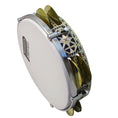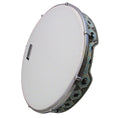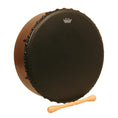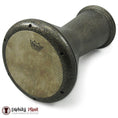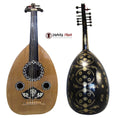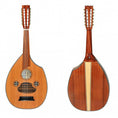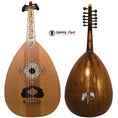- No products in the cart.
Understanding The Difference Between Turkish Oud To Arabic Oud
30
May
Important differences are to be noted between the Arabic and the Turkish Ouds:
Turkish Oud
Turkish (or Greek Style Oud) was mainly played by the early Greek musicians and was referred as Outi in Greece. A Turkish oud has a shorter neck and is comparatively smaller in size. It produces higher pitch than other types of Ouds. It is made of wood prepared for use in building and carpentry which is known as timber.
Arabic Oud
Arabic oud is a short-neck lute-type, pear-shaped stringed instrument with 11 or 13 strings grouped in 5 or 6 courses, commonly used predominantly in Western Asia and North Africa (in Egypt, Syria, Sudan, Palestine, Lebanon etc.
Scale Length of The Turkish Oud:
Its scale length is about 585 mm. It usually has got 11 strings (with 5 double-courses). The Turkish is not only played in Turkish music, but also in Armenian music and Greek music.
Scale Length of The The Arabic Oud:
Its scale length is about 610 to 620 mm. It usually has 10 strings (with 5 double-courses) and more often 11 or 12 strings (5 double-courses with a bass string added or 6 double-courses). It is played in North Africa and Near East music.
Difference in Tunings:
As regards strings, the differences between Arabic and Turkish-style Ouds can be very confusing. Both styles can share the same scale length, soundboard thickness, soundboard response, and playability.
Basically, the only single factor differentiating Turkish ouds and the Arabic variety is the fact that Turkish ouds are tuned one whole step above Arabic ouds. The tuning patterns are the generally same. Since Turkish tuning is higher, it will increase the tension that the strings exert on the face of the oud.








